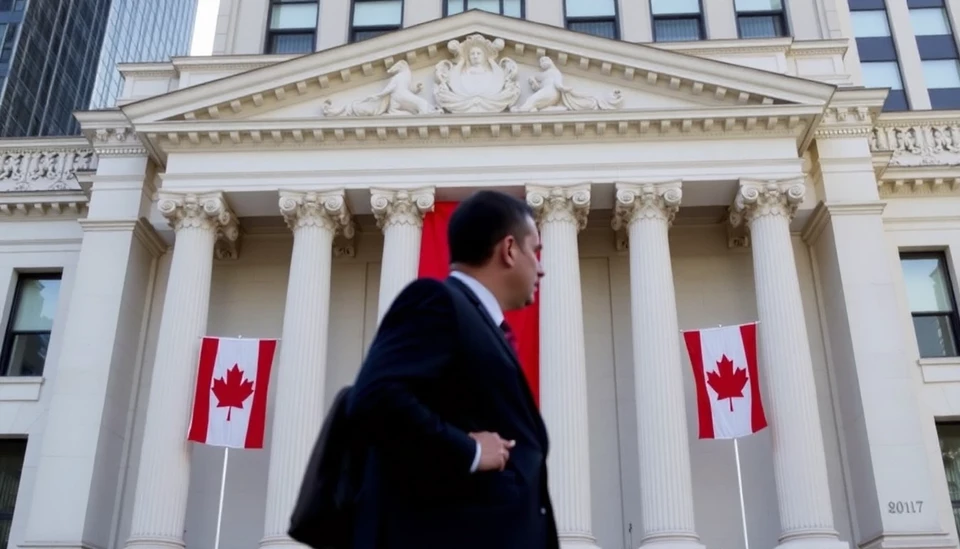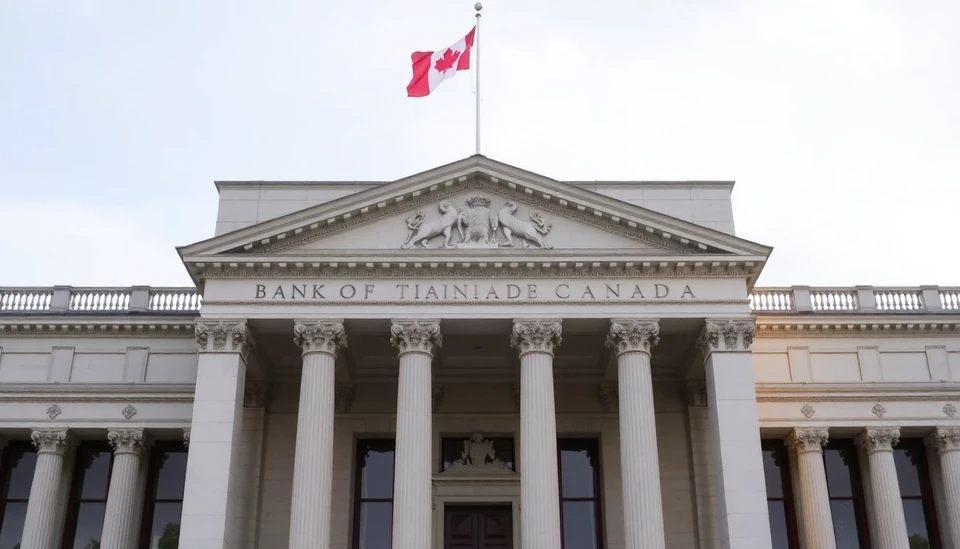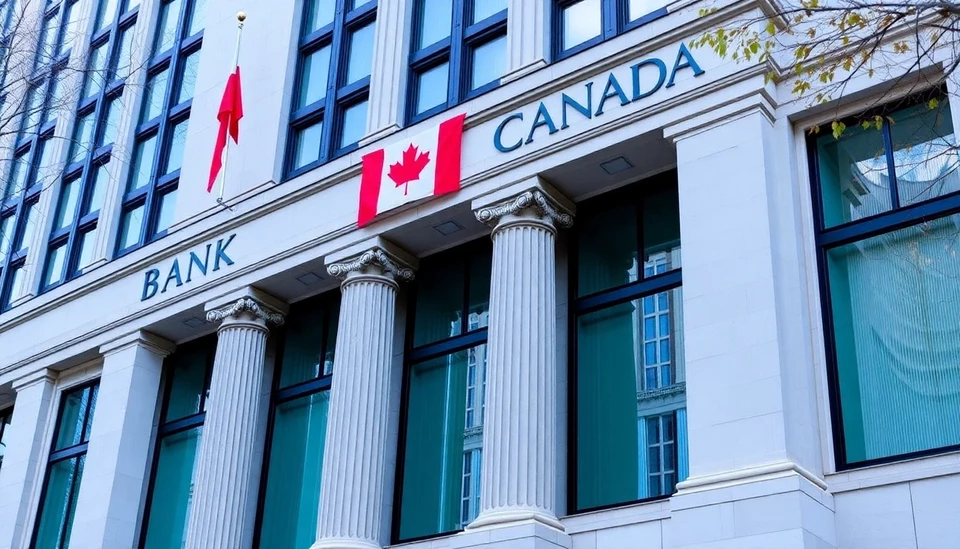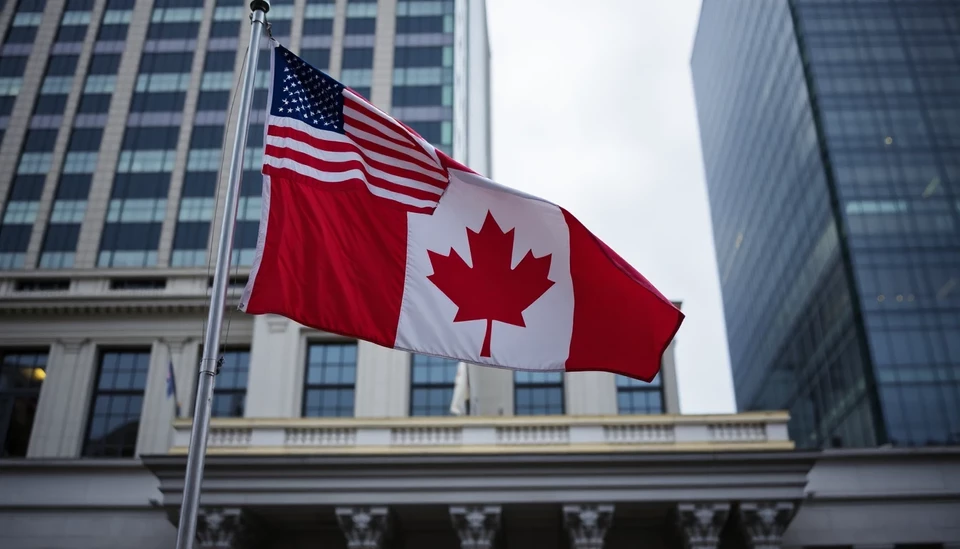
In a pivotal move, the Bank of Canada is anticipated to pause its interest rate hikes as it evaluates the potential impact of recent tariff decisions on the country’s economy. This strategic pause is expected as officials aim to navigate through a precarious economic landscape marked by inflation pressures and external trade influences.
Recent discussions among economists and market analysts suggest that the central bank’s decision to halt any immediate interest rate increases comes at a critical time. As inflation remains a pressing concern, the decision reflects a deliberation over the balance between stimulating growth and controlling price surges.
The backdrop to this assessment is heightened by the looming introduction of new tariffs that could profoundly affect trade dynamics between Canada and its primary partners. The anticipated tariffs could exert additional pressure on production costs and ultimately consumer prices, potentially undermining the progress made in taming inflation. Analysts believe this uncertainty may prompt the central bank to adopt a cautious stance until the implications of these tariffs become clearer.
Market expectations are leaning toward the central bank maintaining its existing rates for the time being, allowing policymakers to analyze incoming data and gauge the economic environment adequately. Many stakeholders are watching closely, as any variations in rate policy could have significant repercussions on markets and borrowing conditions across the nation.
Economic indicators suggest that Canada has endured a mixed performance lately, with ongoing supply chain disruptions and geopolitical tensions contributing to an unpredictable economic landscape. Therefore, the Bank of Canada is likely treating this juncture as an opportunity to reassess its strategies and the wider economic impact of global trade dynamics.
Furthermore, the pause is not only a response to tariff developments but also a signal that the central bank is committed to adopting a flexible approach in the face of evolving economic conditions. This strategy highlights a shift from a more aggressive monetary tightening approach that has characterized previous months, emphasizing careful management of economic recovery paths.
Ultimately, the Bank of Canada's forthcoming decisions will hinge on a multitude of factors, including inflation statistics, international trade developments, and domestic economic health. As the situation unfolds, all eyes will be on the central bank for signals of its future plans and the potential long-term implications for the Canadian economy.
As we stand at this crossroads, the careful balancing act that the Bank of Canada must navigate will undoubtedly shape the country’s economic trajectory in the months to come.
#BankOfCanada #InterestRates #TariffImpact #CanadianEconomy #InflationControl
Author: Laura Mitchell




